Premium Only Content
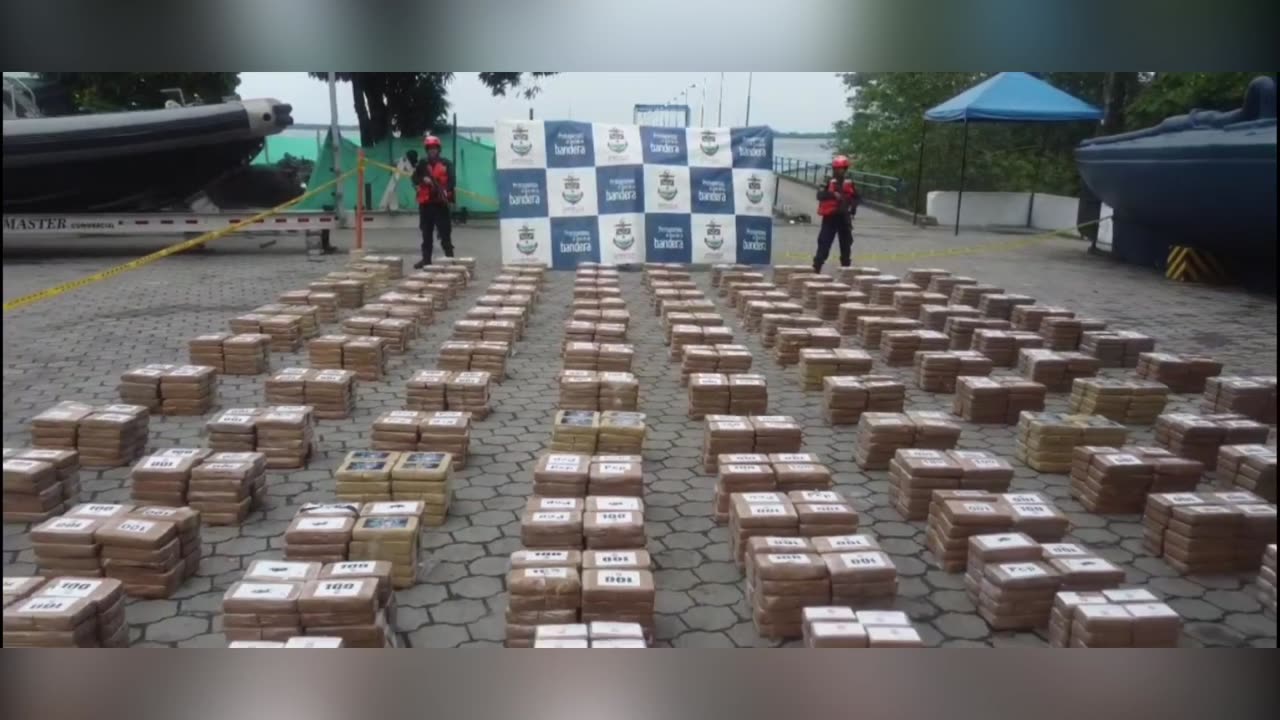
Colombian Navy Intercepts 13th Narco Sub This Year
The Colombian Navy has seized yet another narco sub carrying cocaine in the Pacific Ocean.
The operation brings the number of semi-submersibles seized by the Colombian authorities to 13 this year alone.
The Colombian Navy told how it seized the 17-metre- (56-foot-) long drug sub as the blue-coloured vessel, manned by three Colombians, headed towards Central America.
In an apparently suicidal bid, the men attempted to sink the sub, along with its cargo, by opening the vessel's valves after noticing the approaching Navy units.
But the sailors arrived in time and prevented the narco sub and its occupants from sinking.
They then seized 125 black packages from the vessel, which later tested positive for cocaine hydrochloride.
The authorities revealed that the seized drugs totalled 2,410 kilogrammes (380 stone) in weight, with a total value of more than USD 81 million (GBP 65 million).
The men were taken to the Primary Coast Guard Station in Tumaco District and later placed at the disposal of the Office of the Attorney General.
They face from six to 14 years in prison if convicted of "use, construction, commercialisation, possession, and transportation of semi-submersibles or submersibles".
The Colombian Navy said in a statement obtained by Newsflash on 31st May: "The Colombian Navy, as part of an operation for maritime control and comprehensive maritime security under the Joint Campaign Strategic Plan 'Ayacucho', has intercepted a 17-metre-long semi-submersible while navigating in the waters of the southern Colombian Pacific heading towards Central America.
"The blue-coloured illegal vessel, manned by three Colombian nationals, was detected by units of the Colombian Navy deployed in the Pacific Ocean, who swiftly and decisively carried out the maritime interdiction of the boat.
"Upon noticing the presence of the Colombian Marines, the individuals on board attempted to open valves and sink the semi-submersible with its cargo, but their attempts were unsuccessful as the military personnel prevented it, ensuring the safety of the three men and recovering the vessel and its cargo.
"Subsequently, during the verification of the semi-submersible, the military personnel found 125 black packages inside, which were transported aboard a Navy ship in the area.
"The individuals, the semi-submersible, and the material were taken to the pier of the Primary Coast Guard Station in the district of Tumaco, Narino, where personnel from the Technical Investigation Corps (CTI) proceeded to conduct the Homologated Preliminary Identification Test (PIPH) on the seized cargo, confirming it to be cocaine hydrochloride weighing 2,410 kilogrammes.
"The men were placed at the disposal of the Attorney General's Office, in accordance with Law 1311 of 2009, which categorises the use, construction, commercialisation, possession, and transportation of semi-submersibles or submersibles as a presumed crime with penalties ranging from six to 14 years.
"Likewise, the illegal vessel, along with the seized cargo, was handed over to the competent authorities.
"With this significant blow, the Naval Institution prevented over 81 million dollars from entering the finances of organisations involved in narco-trafficking and the distribution of over six million doses.
"The Colombian Navy will continue to carry out joint and inter-institutional operations to deploy all its logistical and operational capabilities in order to counteract the criminal activities of different narco-trafficking organisations."
From 1993 to the present, the Colombian Navy has intercepted and seized 228 illegal semi-submersible and submersible vessels loaded with drugs, according to local media.
Semi-submersible narco subs are designed to partially submerge themselves in water to avoid detection by radar and other surveillance equipment.
They are often constructed in remote areas of the Colombian jungle, and their design and construction involve a high degree of secrecy and sophistication.
They are typically used by Mexican and Colombian traffickers to transport drugs to the USA and Europe, and have largely replaced speedboats to avoid detection.
-
 0:58
0:58
Viral Tab News
2 years agoYoung Seal Almost Throttled By Plastic Returned To The Wild
256 -
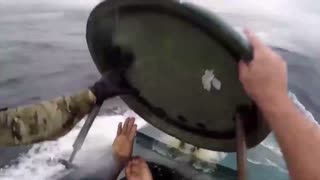 0:39
0:39
universeofcrime
2 years agoINTERCEPTED!!! #NARCOSUB By Colombian Navy.
31 -
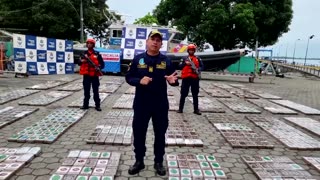 1:16
1:16
Reuters
2 years agoColombian navy seizes drug sub with two bodies aboard
2.56K1 -
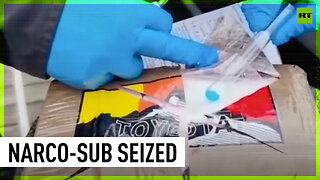 0:47
0:47
RT
2 years agoSubmarine with tons of cocaine seized by Colombian Navy
10.4K25 -
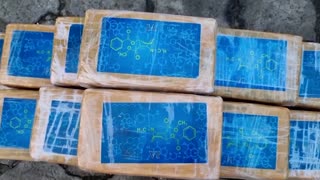 1:15
1:15
Reuters
2 years agoColombian Navy seize over four tons of drugs
65110 -
 1:00
1:00
NextNewsNetwork
2 years agoU.S. Navy Intercepts Firearms Smuggling Operation #shorts
116 -
 1:08
1:08
RT
2 years agoColombian women celebrate one year since decriminalization of abortion
1.96K46 -
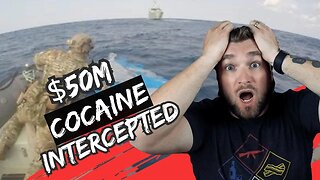 8:30
8:30
mistersunshinebaby
2 years agoCanadian Navy Intercepts $50 MILLION Worth Of Cocaine From Mexico
81 -
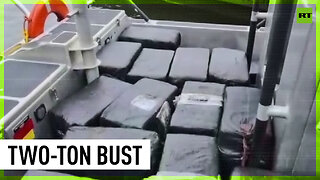 0:58
0:58
RT
2 years agoCocaine vessel | Colombian Navy finds 2 TONS of drugs & 2 dead bodies
1.97K13 -
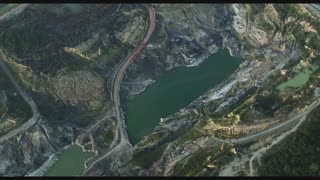 1:36:30
1:36:30
Passage into the unknown
2 years agoThe colombian jungle
5